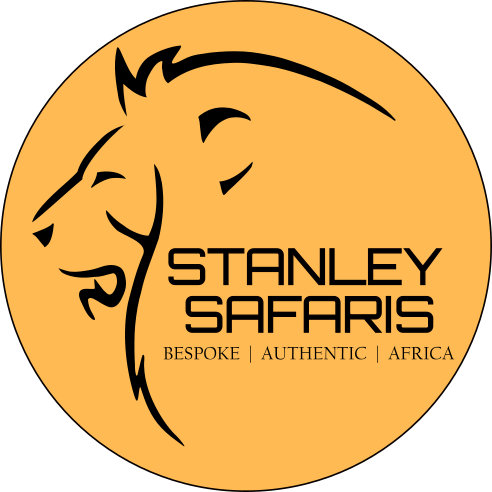Luxury Safaris to Zambia
Zambia is renowned as one of the purest safari destinations in Africa and is home to the original walking safari. It is one of our favorite safari destinations because of this, but because a lot of the camps and small, intimate and privately owned and run by some very passionate people. Safaris in Zambia are so diverse from incredible landscape of the Lower Zambezi, to some of the best leopard sightings in the South Luangwa and then the amazing wildlife of Kafue. We cannot forget that Zambia shares half of the mighty Victoria Falls which always makes for an excellent add-on experience to the rest of your Zambian safari.
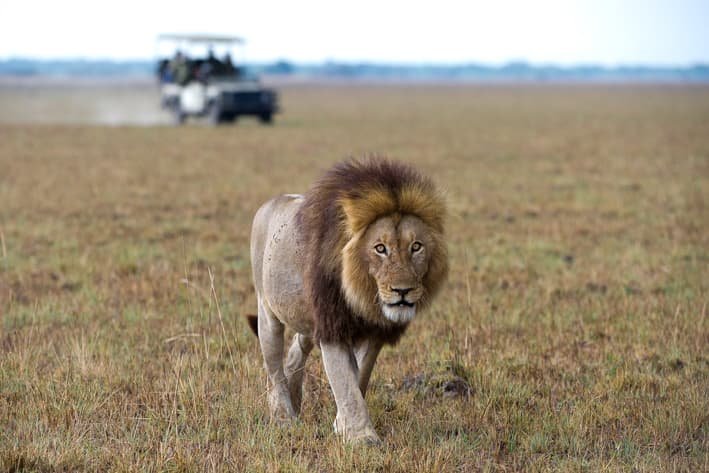
BEST OF ZAMBIA SAFARI
12-Nights
Destinations visited:
- Victoia Falls
- Kafue
- Lower Zambezi
- South Luangwa
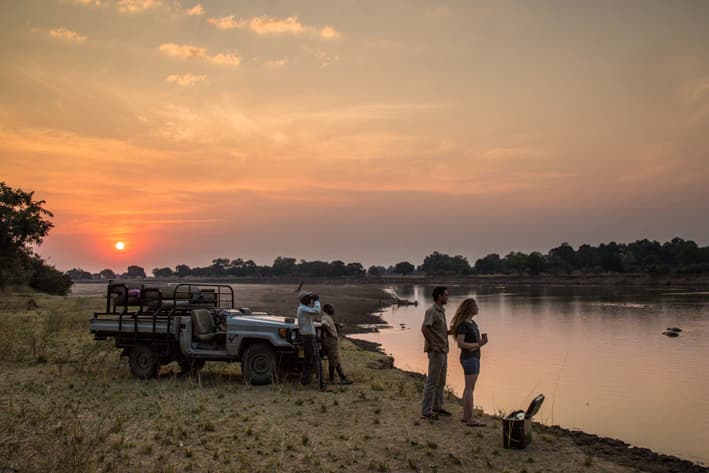
ZAMBIA ADVENTURE SAFARI
12-Nights
Destinations visited:
- Victoria Falls
- Lower Zambezi
- South Luangwa
- North Luangwa
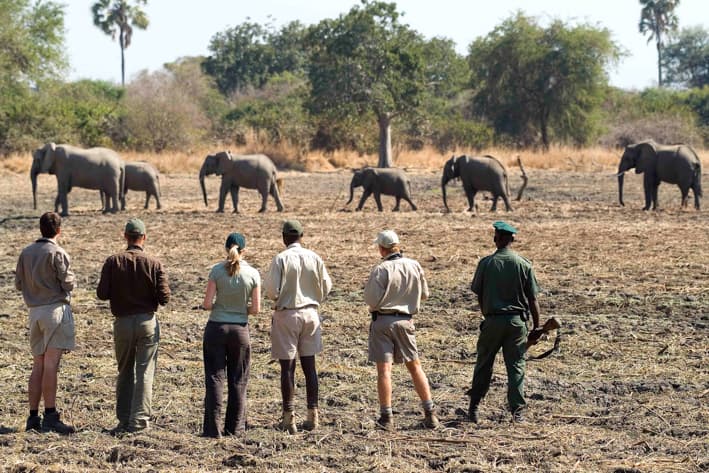
7-Nights
Detitanations visited:
- Northern part of the South Luangwa National Park
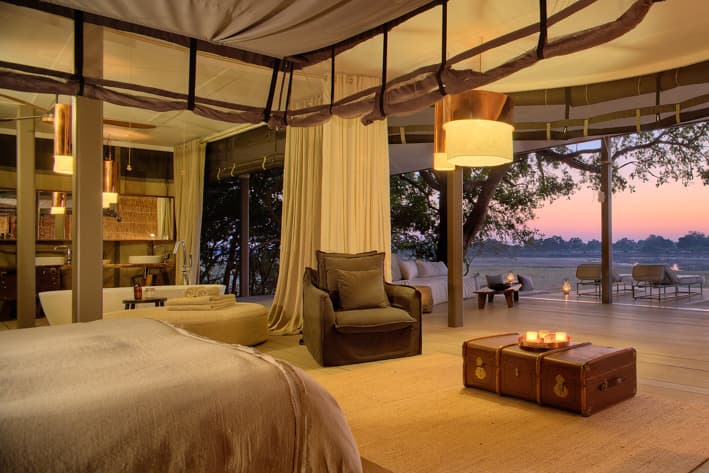
ZAMBIA & MALAWI HONEYMOON SAFARI
10-Nights
Destinations visited:
- Victoria Falls
- South Luangwa
- Lake Malawi
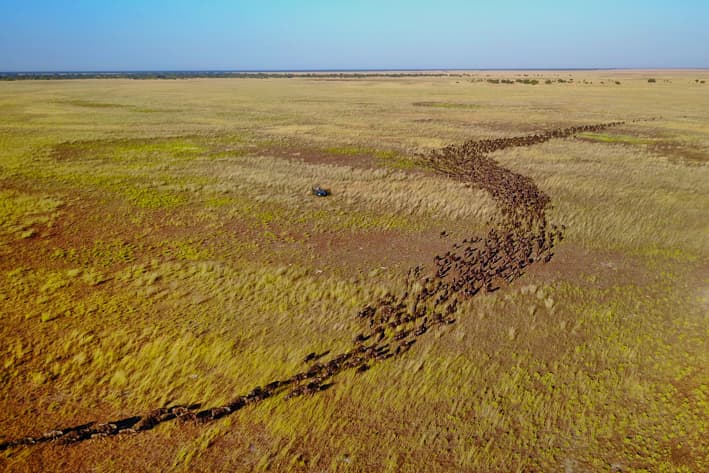
ZAMBIA & BOTSWANA MIGRATION SAFARI
11-Nights
Destinations visited:
- Makgadikgadi Pans
- Okavango Delta
- Victoria Falls
- Liuwa Plains
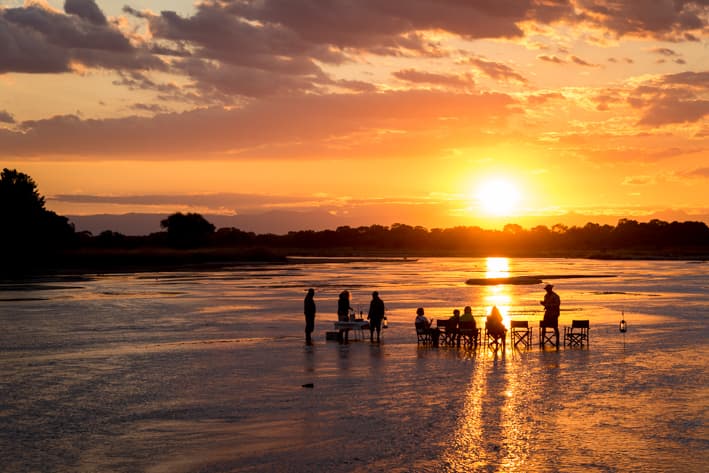
12-Nights
Destinations visited:
- Lower Zambezi
- South Luangwa
- Lake Malawi
